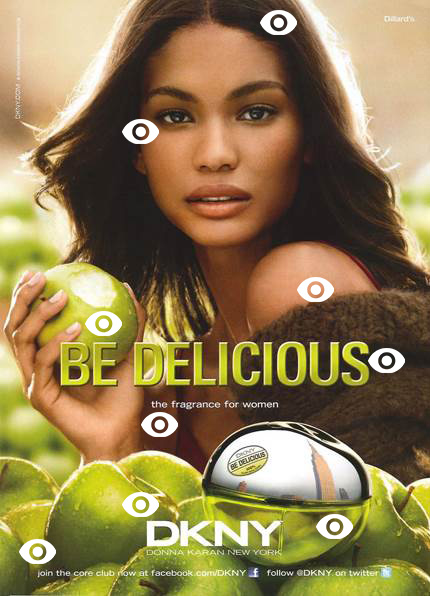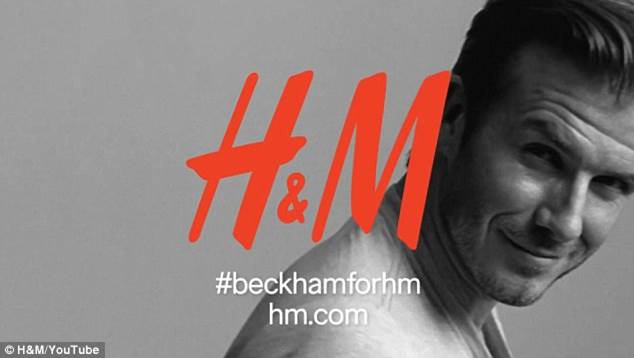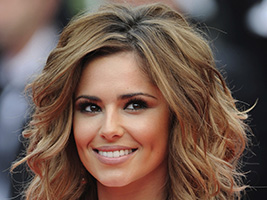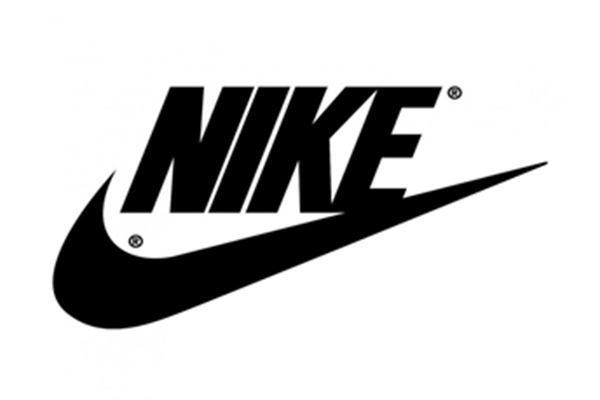Deconstructing adverts
Each media text you study will have been constructed to appeal to an audience.
What is meant by the terms construction and deconstruction?
Construction is the process of creating a media text – such as an advert – using images, colour, text and framing devices.
Audiences (and media students) deconstruct texts in order to understand how meanings have been created.
Deconstructing a print advert

The green and brown of the clothes and make-up have connotations of nature.
Be Delicious is the product name of the original DKNY perfume. The command is playful and links the scent to the apple imagery and product shape.
The capitalised font is bold, which suggests a confidence in the product. The name is positioned centrally just above the product and just below the focal point of the model.
Joining the core club on Facebook and Twitter appeals to an audience’s need for belonging. Advertisers use social media to widen their campaign.
‘Sun-glow’ provides a halo effect highlighting the model.
The model’s direct gaze forms a connection with the audience.
The text ‘the fragrance for women’ anchors the target audience.
The product is placed in the foreground of the frame.
The brand name is clear. The white contrasts with the green but also compliments the colour palette.
Focus: celebrity endorsements
Question: How and why do companies use stars to promote their products?
Brand + Celebrity = £££
Match the celebrity with the brand that they advertise
Students match up brands to celebrities. [printable cards also available] Feedback and questioning aims to develop understanding of why stars are used to promote products and brands. This leads to a discussion of the advantages to companies. Sometimes the relationship does not work out and therefore it is also useful to discuss some celebrity endorsements which have led to possible brand damage.
Feedback to class the successful pairings. Students choose a matched pair and explore in more depth the ways in which the star’s personality and image have been used to promote the brand. Students might have completed elsewhere in the teaching of the course star theory/star persona/the idea that audiences relate to celebrities in different ways by identifying with/relating to/wanting to be like/seeing them as role models and aspirational figures, etc.
You have 0 correct matches.
http://all-free-download.com/free-vector/worldrenowned-brands-logo.html
What are the advantages for advertisers of using celebrities?
- Can aid recognition of brand
- Audiences already have an affinity with the celebrity
- Some audiences aspire to be like certain celebrities
- A celebrity’s image can reinforce the product’s properties
- Brand values can be transferred – so, if a successful athlete is wearing Nike, we associate the athlete's success with that brand
- Can raise awareness of the product quickly
- Can attract new users
- Can breathe life into an established brand
Successful use of stars depends on three factors
Demonstrate your understanding
- Choose one celebrity and the brand they advertise.
- Explain why the person has been chosen to promote that brand.
- Apply your prior knowledge of star criteria and theory.
Aim to write a paragraph.
Success criteria
You need to:
- Use terminology
- Link the brand to the star with clear reasoning
- Refer to audience
- Underpin with star theory
Modelled approach: Beckham and H&M
Beckham is a successful British football star. He is also a global icon. Early on in his career, both on and off the pitch, he has been associated with style and fashion.
H&M is a high street store – affordable/mainstream. His star image appeals to both men and women. This widens the target market as he has achieved success professionally and in his personal life.
Dyer’s Star Persona
Beckham earns £100,000 per day from his endorsements and from his own brand products.

Creative planning
- You will be given a product.
- Work with a partner and decide who you think would be a good fit to advertise the product.
- Think of:
- budget
- audience
- expectations
- star image
Design your own print advert for a product aimed at young people
- Using paper and pencils, sketch a design for an advert.
- Will you use a celebrity or a different technique?
- Write the copy.
- Include a slogan.
- Design a logo.
- Remember your target audience.
- Label and explain your ideas.







